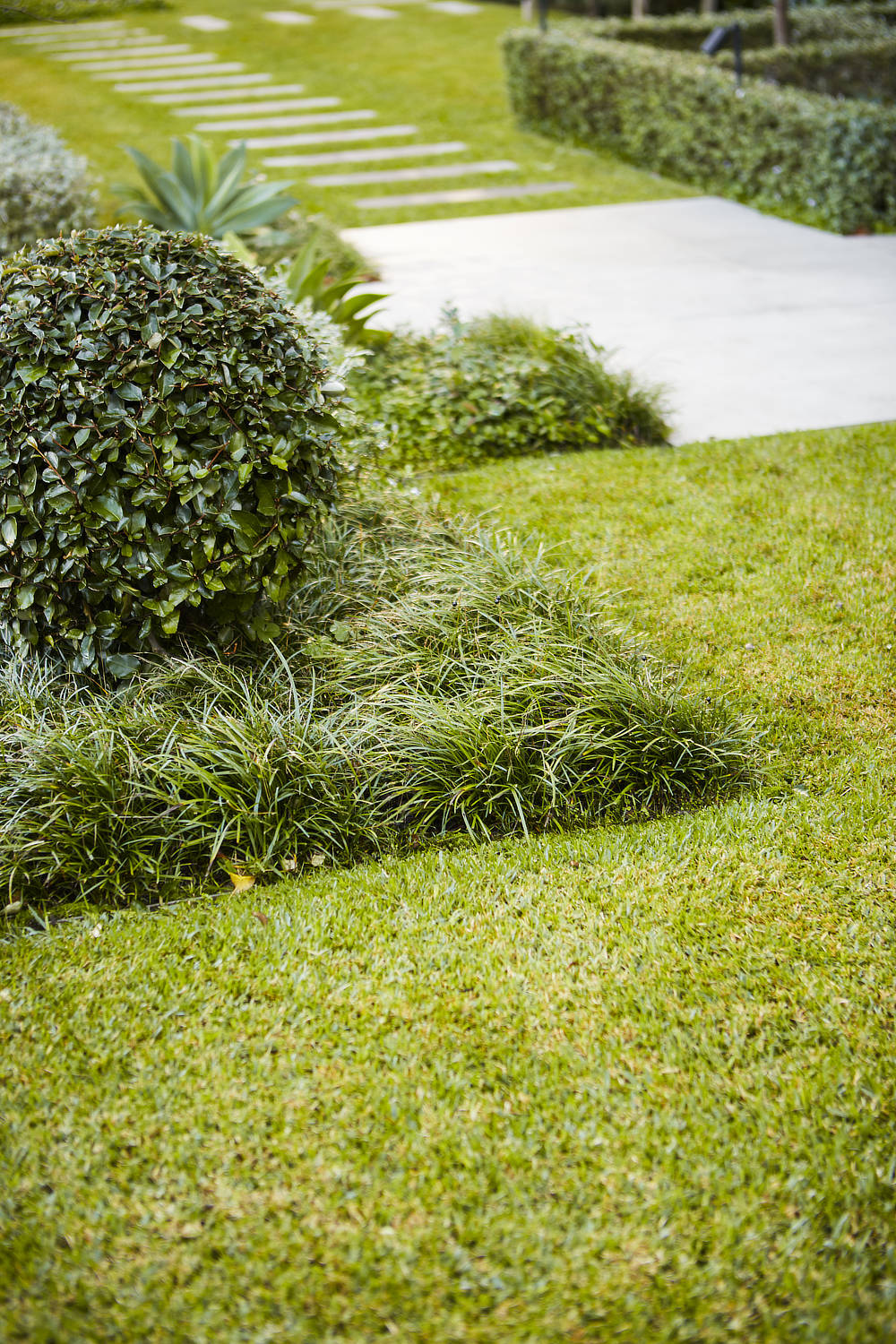Hi Charlie
I was wondering if you could advise me if you have any ideas how to
Exterminate blood worms from Queensland Blue Lawn. Several years ago we tried Malthorpe Advanced and it worked but this time after three attempts we have only found three dead worms and the castings continue to make our beautiful lawn soul destroying and basically unable to be walked on.
Do you have any suggestions as to how we can tackle this problem?
Thank you
Sue Campbell
Hi Sue, It’s strange that an infestation of worms will ruin a good lawn so the first step is to identify what is actually doing the damage. Take a large bucket of soapy water and pour it onto a section of the lawn and wait ten minutes. What will happen is all the bugs in the ground, including worms and other pests like lawn grubs or army worms will come to the surface so you can then identify and treat each individual pest.
If it’s only earthworms then leave them be, you’re noticing them more now thanks to the dry weather becoming wet. They will help to improve the structure of your soil and increase airflow. You may want to aerate your lawn to improve airflow further as they tend to enjoy an organic heavy soil that can also hold too much water for some grasses.
If what you find looks more like caterpillar grubs then its most likely army worms (not worms at all) or if you see oversized maggot type grubs then you may be looking at black beetle larvae – both can be devastating to a lawn as they chew through the grass removing the foliage from the ground and leaving large dad patches throughout the lawn. To treat these pests try applying a liquid ‘grub guard’ and for long lasting effects “Acelepryn GR” granules – both available online from Lawn Solutions Australia website.
Queensland blue is a type of couch that will slowdown in growth as we are coming to the cooler seasons so don’t expect a fast recovery in the lawn. Try to stay off it and rake out any of the castings that are forming on the surface. A boost of fertiliser as soon as the weather heats up will help it to get growing again and repair any patches.
Hi Charlie
I need your help and advice.
How can I get rid of Kikuyu grass that is invading my beautiful buffalo lawn.
Many thanks
Maurice
Kikuyu is a bully of a plant that is fast growing and dominating so it can quickly take over and ruin a good lawn. The first stage is to remove it from the grass. This can only really be done by chasing each rhizome (stem that runs just under the ground) and pulling it from the ground, I like to take a flat head screwdriver to prize them to the surface before pulling them out. If you have a lot of kikuyu coming through you may want to use a non-selective herbicide with a small paint brush and apply it directly to the leaves of the plant. If your infestation is too large for these treatments you may need to spray a larger section of the grass off, allow it to all die before replacing it with new rolls of turf.
As well as removal from the grass prevention of reinfestation is next on the list. As Kikuyu grows from rhizomes that run just under the surface of the soil you need to have a barrier between your lawn and any surrounding garden beds. This can be done using a brick or stone edge or if you are after something more slimline simple steel edging will do the trick – just ensure the barrier sinks into the ground by 100mm. Kikuyu is such a bully it can also jump these barriers so sit your edging proud of the lawn by 50-75mm, this will also act as an easy edge to cut your lawn to.
Hi Charlie,
I have always fertilised my lawn all year round, but my neighbour tells me this is a waste of time in winter, is she right? And if so when should I fertilise?
Heath
It’s never nice to admit defeat but in this case, your neighbour is right. In Australia, especially in WA we grow warm climate grasses and that means they don’t grow, or growth slows drastically in winter therefore fertilising in winter is a waste of your time, money, and fertiliser. Whenever you see the grass growing, that is ‘wow I need to cut the lawn’ rather than ‘its been two weeks and I should mow the grass’ then you can apply a fertiliser. Most lawn fertilisers from the hardware store are fine to use and slow release so will do you for a three-month season. If you want to really give your lawn a boost or you are trying to repair a section, then adding in a liquid feed every ten to fourteen days will pay dividends.


